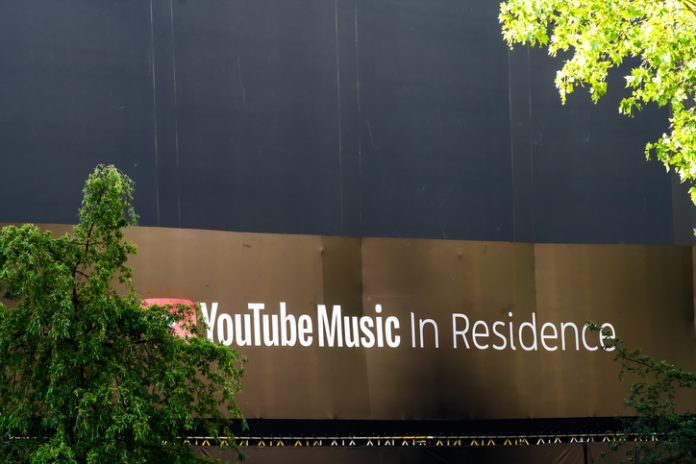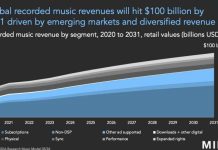
While intensifying competition in the streaming market, YouTube Music recently announced price hikes for its YouTube Premium service. This decision has drawn attention from both consumers and competitors, raising questions about its broader implications on the streaming landscape. As subscription fees increase, users may seek alternatives, while competitors such as Spotify, Apple Music, and Amazon Music could capitalize on the disruption. This article examines the potential impact of YouTube Music’s price increases on consumers, the competition, and the overall streaming ecosystem.
Price Hikes: What Has Changed?
In July 2023, YouTube raised the price of its Premium service from $11.99 to $13.99 per month for U.S. users, marking a notable increase in the cost of ad-free music and video streaming. Family plans also saw a hike, rising from $17.99 to $22.99. These price adjustments follow similar moves by other streaming platforms, suggesting that the days of lower-cost subscriptions may be fading as companies look to bolster their revenue streams and balance content licensing costs.
For subscribers, the core offering remains the same—ad-free music and video streaming, background play, and offline downloads. However, many users are questioning whether the benefits justify the higher price, particularly as competitors maintain more stable subscription fees.
Consumer Impact: Value vs. Cost
The price hike places YouTube Music in direct competition with other premium services such as Spotify and Apple Music, which offer similar ad-free experiences. Consumers may begin to weigh the additional features of YouTube Premium—such as ad-free YouTube video streaming—against the lower costs of standalone music streaming services like Apple Music ($10.99) and Spotify Premium ($9.99).
One key factor that may influence user retention is YouTube’s video integration, a unique feature that could keep users from migrating to other platforms. Many users subscribe to YouTube Premium not only for its music streaming capabilities but also to enjoy an uninterrupted YouTube experience, making the price increase a more complex decision for current subscribers.
Industry-Wide Competition: What Does This Mean for Rivals?
The increase in YouTube Music’s prices opens the door for Spotify, Apple Music, and Amazon Music to reinforce their market share by offering more competitive pricing. While YouTube Premium’s package includes ad-free video streaming, its core music service could see user attrition if rivals capitalize on the price differential.
Competitors may also use this opportunity to innovate their offerings—perhaps introducing better features for lower prices or expanding free-tier benefits to entice users away from YouTube Music. Spotify, with its heavy investment in podcasts and original content, and Apple Music’s integration across Apple devices, are both well-positioned to absorb any users disillusioned by YouTube’s price hike.
At the same time, YouTube’s price increase aligns with broader trends in the streaming industry. Both Spotify and Apple Music have indicated potential future price adjustments, signaling that the entire paid music streaming market may undergo a shift toward higher costs as companies navigate higher operational and content licensing expenses.
Future of Paid Music Streaming: A Push for Premium?
The rising cost of subscriptions across platforms suggests that the music streaming industry may be moving toward a more premium-driven model. As streaming platforms seek to boost revenue, they may begin phasing out low-cost or free-tier options, leaving consumers with fewer choices for ad-free content.
This trend also highlights the growing reliance on user data and targeted advertising, which generate revenue for platforms that offer free, ad-supported services. While premium tiers ensure an ad-free experience, free users are likely to see an uptick in ads as platforms attempt to make their free models more financially sustainable.
Conclusion: Will YouTube Music’s Price Hike Set a Precedent?
Music Industry Weekly recognizes that YouTube Music’s price hike is reflective of a broader shift in the streaming industry, where higher subscription costs are becoming the norm. For consumers, this raises questions about whether the extra features—such as ad-free video streaming—justify the increased price. Competitors like Spotify and Apple Music may benefit from the disruption, attracting users who seek more affordable options. At the same time, the entire industry seems to be grappling with rising operational costs, signaling that higher prices across platforms may become inevitable. Ultimately, the key for YouTube Music will be to prove its value to users and retain subscribers who might otherwise jump ship to competing services. The future of streaming could be defined by how well companies balance subscription fees with the user experience, making this a pivotal moment in the evolution of paid music streaming.







